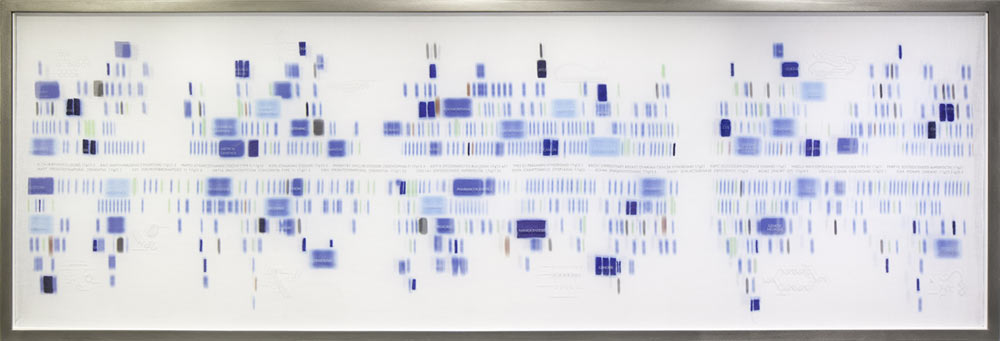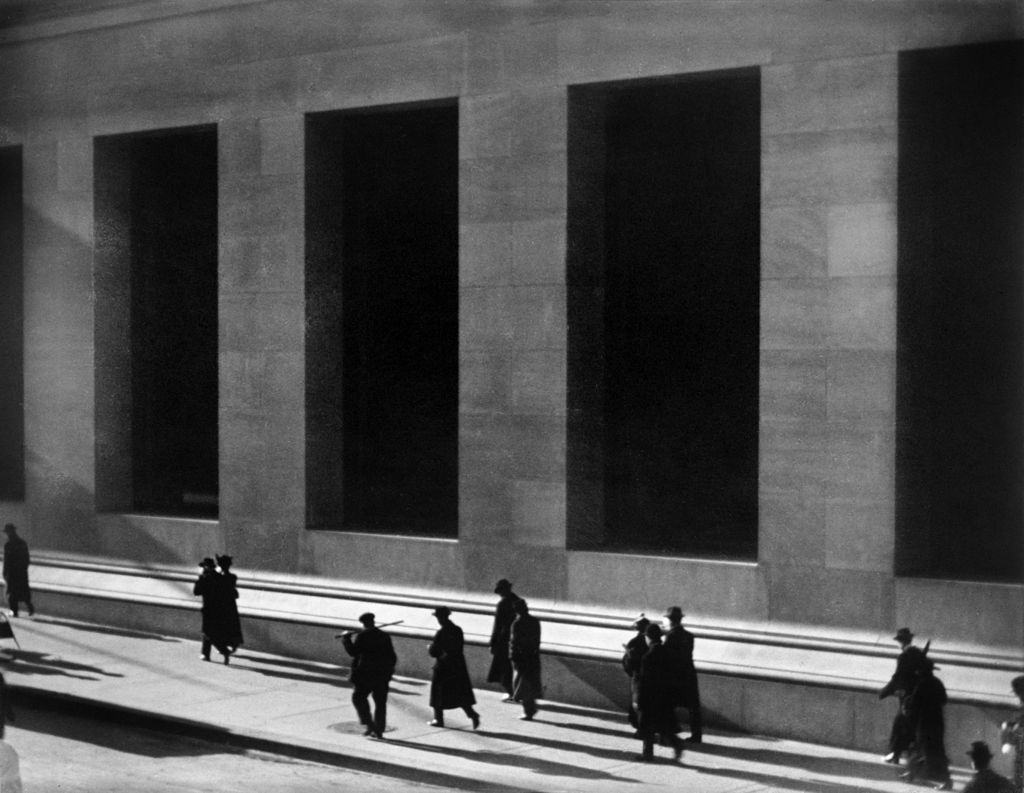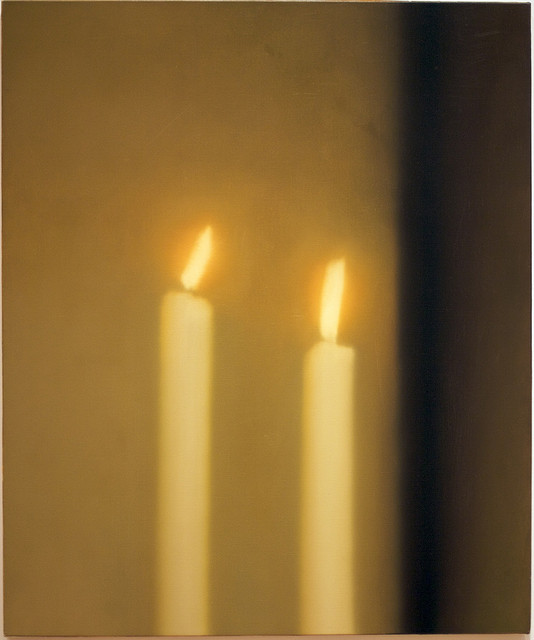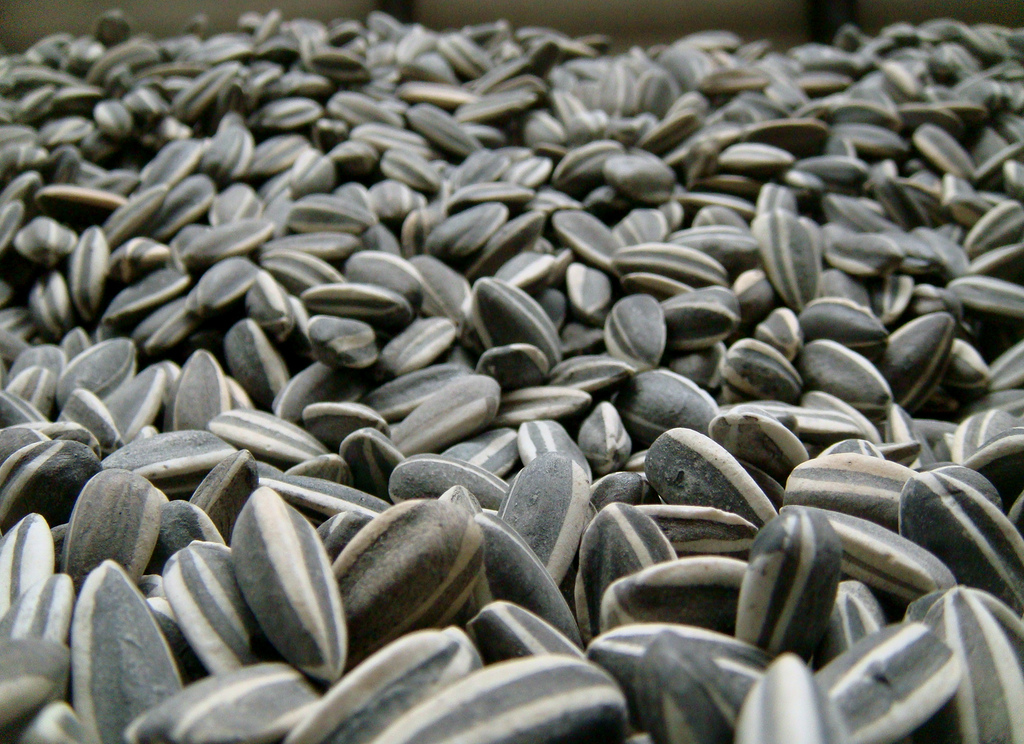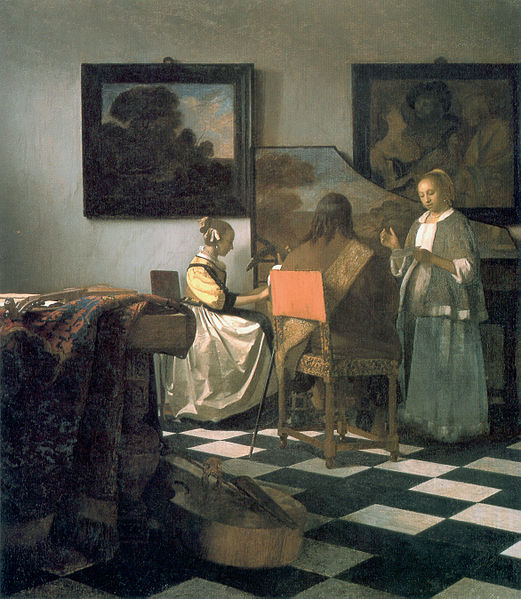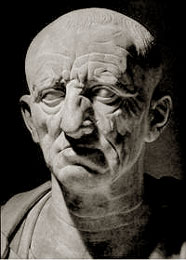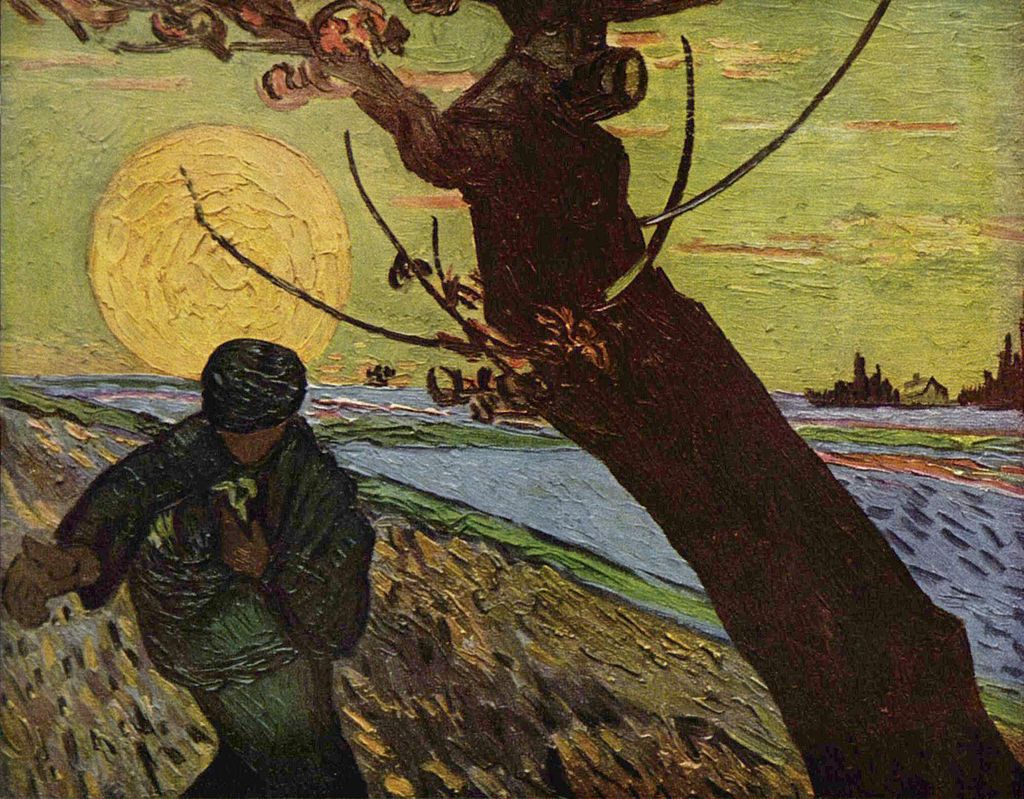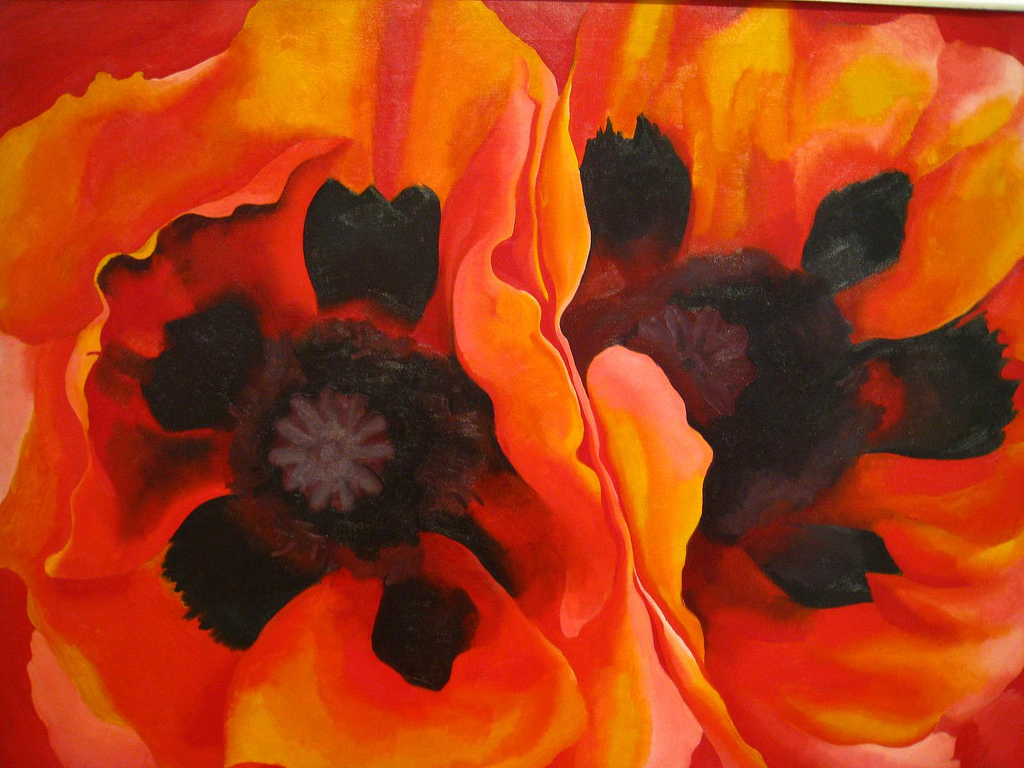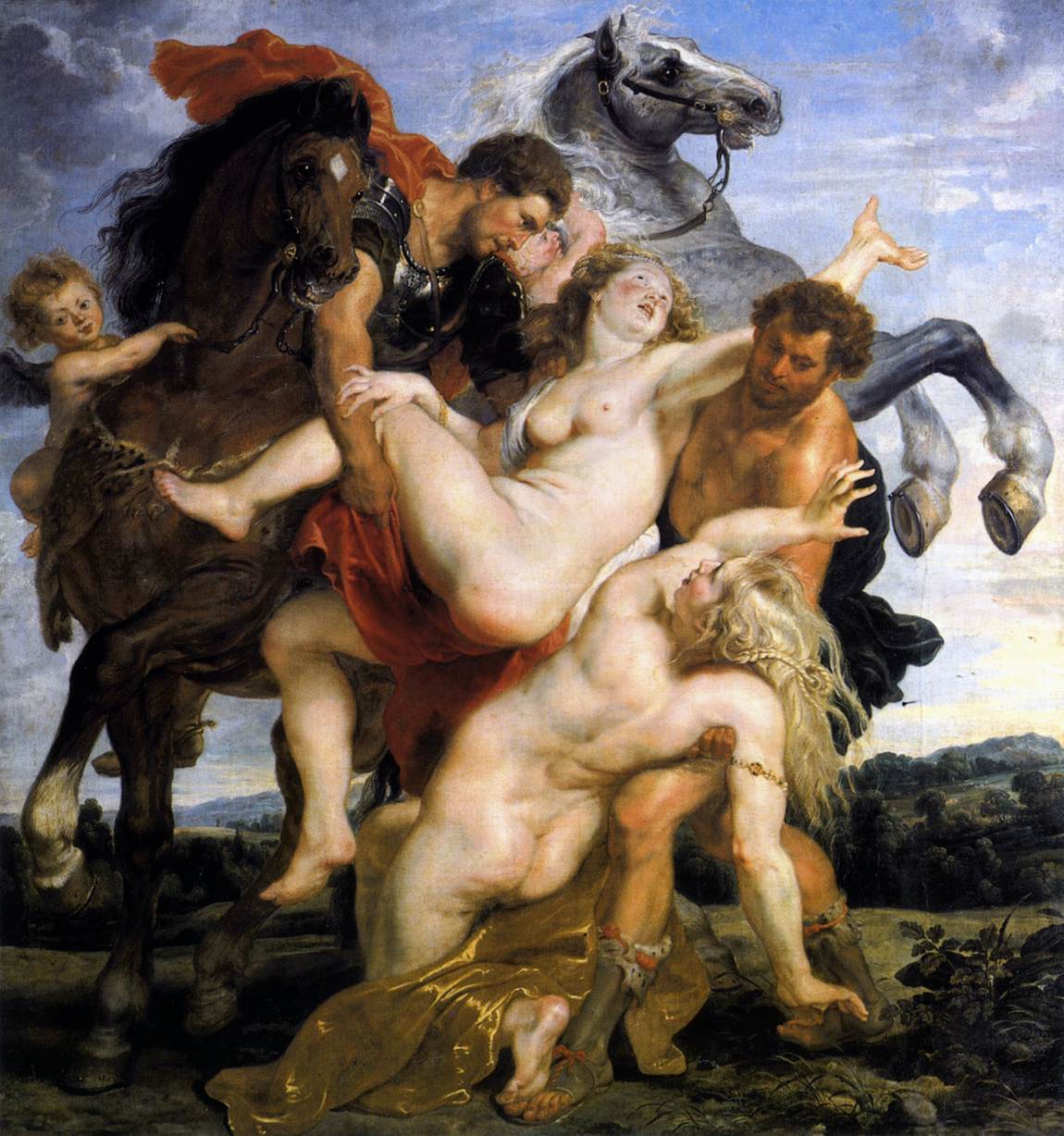Two art historians recently announced that they discovered about 100 paintings and drawings by Caravaggio. Surely, scholars will debate the authenticity of these works of art in the coming months. If they are originals, this is quite a coup. So, … Continue reading
 Michelangelo Merisi da Caravaggio, The Crucifixion of Saint Peter, c. 1601, oil on canvas, 7’6” x 5’7”, Cerasi Chapel, Santa Maria del Popolo, Rome. Public domain via Wikimedia Commons.
Michelangelo Merisi da Caravaggio, The Crucifixion of Saint Peter, c. 1601, oil on canvas, 7’6” x 5’7”, Cerasi Chapel, Santa Maria del Popolo, Rome. Public domain via Wikimedia Commons.

